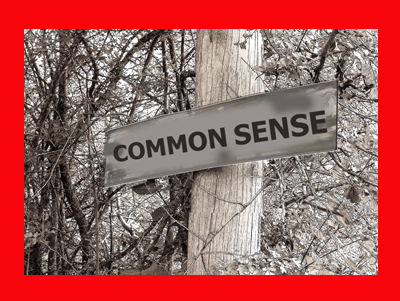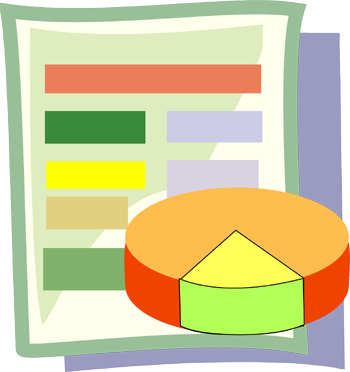The Secret Of Habit Change Is To Step
THE SECRET OF HABIT CHANGE IS TO STEP (ISSUE 157) DECEMBER 9, 2014
By Diane Gold
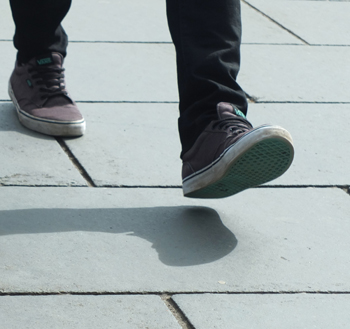 The secret of habit change is to step. No one’s saying it’s easy. I am saying it’s not complex. I don’t care how many times we’ve heard the idea that we have to believe in ourselves to motivate or have a positive mental attitude to get it done; it’s just not true. It may be an easier road, but that may not be our reality. And, once we step; we will believe and motivate.
The secret of habit change is to step. No one’s saying it’s easy. I am saying it’s not complex. I don’t care how many times we’ve heard the idea that we have to believe in ourselves to motivate or have a positive mental attitude to get it done; it’s just not true. It may be an easier road, but that may not be our reality. And, once we step; we will believe and motivate.
EASY MOTIVATION
It’s easy to walk through the tunnel when there’s money waiting for us at the other end.
It’s easier to get started when we have a partner with which to work or a coach screaming,
“Let’s go, let’s go,”
in our face.
It’s pretty simple to take a positive step when our world is balanced and clean.
But, these conditions are not necessary.
NOT SO EASY MOTIVATION
On the other hand, It may not be so easy to take a step different from the one we have the habit of doing should this habit be huge and not supportive of what we are doing. Definitely, we automatically think it’s not easy.
It’s not so easy to make a change when we are in pain of any sort is present since pain diminishes power in each of us.
It’s not so easy to walk in a new direction when everyone else is walking the other way.
It’s not easy to step when we are tired. And if we have been working on replacing a habit for a long time, the energy we have consumed in thinking about it and doing things about it can make us very tired.
And, it’s not so easy when most people tell us we have to endure some multi-step process that is more than one step. One step is hard enough.
THE SECRET REALITY
 The secret reality is that we can take a step even when:
The secret reality is that we can take a step even when:
1) we have no motivation to self-change,
2) we don’t believe in ourselves,
3) we have no personal balance,
4) we are in pain,
5) we cannot find joy in our lives.
Look at these examples of how people use other focii to get them to take a step, proving the 5 conditions are not necessary.
1) Military and religious personnel commonly refrain from cigarettes, the object of their addiction, during training runs or services.
2) Many religious practitioners in addictive behaviors refrain from their addiction on their Sabbath day, because they place a higher value on their God belief system than they do on their body’s need for a substance or activity. Many people in addictive behaviors refrain from their addiction for a few hours of church time, valuing the God system over the addictive reward.
(Unfortunately, there are some people in addictive behaviors who do not refrain on the Sabbath day but value a God belief system second. Most God belief systems include guilt for not valuing the belief system more than the object of addiction. Therefore, this scenario means guilt fits into the particular equation.)
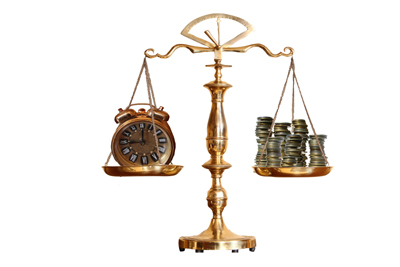 3) Some clinical trials have had participants delay using their object of addiction in trade for a future reward of a possible heightened amount of their substance of choice or getting a small amount of money.
3) Some clinical trials have had participants delay using their object of addiction in trade for a future reward of a possible heightened amount of their substance of choice or getting a small amount of money.
There was one such clinical trial in which trial participants were given a choice: abstaining for a longer period of time than others with the promise of a chance of getting more of their object of addiction at the end of the daily protocol. This meant the participants might not get the enhanced amount of their object. Even so, most chose abstaining longer with the chance of receiving the enhanced amount of stimulation.
CONCLUSION
 Motivation to change, self-belief, balance, pain and joy do not enter into these scenarios. Commitment to military protocol or a belief system has caused people to delay the object of addiction. More comfortable living conditions have caused people to delay getting the object of addiction. And finally, the concept of the thrill of receiving an increased amount of the object of addiction was an excellent motivator.
Motivation to change, self-belief, balance, pain and joy do not enter into these scenarios. Commitment to military protocol or a belief system has caused people to delay the object of addiction. More comfortable living conditions have caused people to delay getting the object of addiction. And finally, the concept of the thrill of receiving an increased amount of the object of addiction was an excellent motivator.
The big picture is that the secret of habit change is to step, make that move, move the foot over the line. That’s what it takes. Only to step! That is the secret.
It must be done with expediency since we only have a short time to step. Otherwise our old behavior will surface, and we will get lost in it. I can hear the quiz show music where the clock is counting down. I couldn’t have pictured that when I was in the middle of struggling to replace a habit, since I would have been busy with my urges. All I could do was step. That’s all anyone has to do.
Let the secret of habit change out in the open. Just step!
ACTION STEP
There is only 1 action to be taken. Within 5 to 15 seconds of receiving the urge to take the action that usually gets you to your object of addiction, step. Even if you take 1 step in the direction away from the door that holds the object of addiction and then run right back to your object of addiction; that can be considered a successful step. Maybe tomorrow you will take one step. And then another, before you run back to your object of addiction. This, too, is a success. There Is Only 1 Action: Step!
Please consider these words. Any 1 step in a new direction is a success. Rome was not built in a day. Your habit was not built in a day. Be patient. But step. To change a behavior, always take 1 step in a new direction from your old one. Until you’ve done that, don’t worry what’s next.
![]()
If you wish to share your story, please hit reply in your email program to be contacted.
If you need habit help, go to WarriorsOfWeight Consulting.
![]()
FEEDBACK
We value your feedback very much.
Please leave a comment below.
Please LIKE us on the website and at
WarriorsOfWeight on Facebook.
You can also follow us on Twitter: @warriorsoweight.
Thanks.
![]()
DIANE GOLD, PUBLISHER AND AUTHOR
Diane Gold, Founder of Warriors of Weight, Turning Habits Into Health, is a mentor in tai chi, kung fu and meditation, a music, fitness and stress expert, dedicated mom, studying plant-based nutrition, peaceful conflict resolution and habit replacement.
She has looked at what worked for her. She says,
“Without immediate action, I do my habit, whatever that habit is. If I act, in any direction other than the habitual one, I begin creating my new habit. The next time I feel my urge, I will be experienced at taking immediate action and may walk further in any direction other the habitual one. As I cement my new habit through repetition and consistency, I will continue using the new direction.
As I see it, it is not important to process whether I like the new direction for, at least, six months. In fact, it is important to choose not to consider whether the new direction is right for, at least, three. This way, I give myself a chance to take a step.”
“Finally, let us all take good care of ourselves because we are so worth it!”
![]()

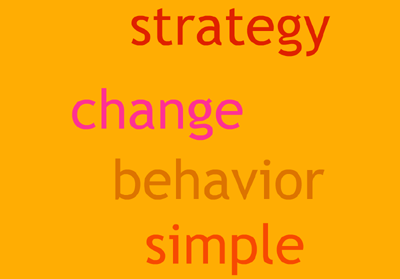 A new behavior change strategy is always a good thing to have in one’s basket of tricks. Making one, immediate, small change in our habitual behavior is the key to making it happen.
A new behavior change strategy is always a good thing to have in one’s basket of tricks. Making one, immediate, small change in our habitual behavior is the key to making it happen.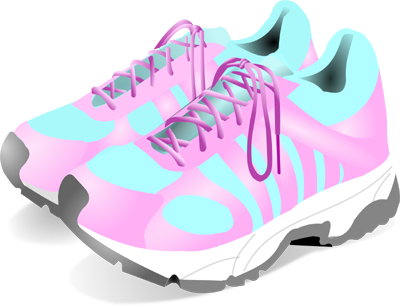
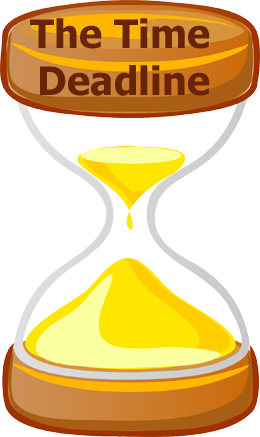
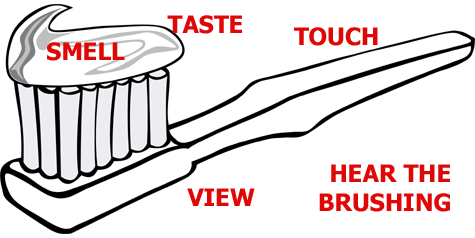 So, what is this simple strategy? It requires 2 things and a little water would be nice. They are a toothbrush and toothpaste, which we can be carried portably. Brushing the teeth when an urge strikes will change our smell, taste, view, sound and touch.
So, what is this simple strategy? It requires 2 things and a little water would be nice. They are a toothbrush and toothpaste, which we can be carried portably. Brushing the teeth when an urge strikes will change our smell, taste, view, sound and touch. WarriorsofWeight.com Water Campaign For Thanksgiving is a mission to build a well for 500-1,000 people to give them access to a clean water supply for 10 years,
WarriorsofWeight.com Water Campaign For Thanksgiving is a mission to build a well for 500-1,000 people to give them access to a clean water supply for 10 years, 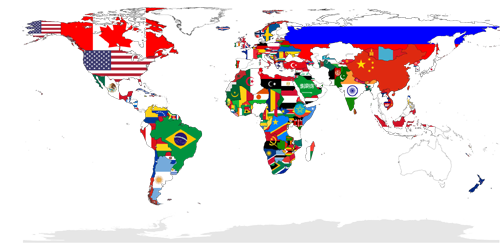 Can we look at it this way? Each of us, in whatever countries we are, has chosen to build water systems around borderlines, within the boundaries of our own country or union of countries. This is how we’ve always done it. We take care of our own. It doesn’t mean this is the way to continue to do it, should we choose to think of everyone as our own.
Can we look at it this way? Each of us, in whatever countries we are, has chosen to build water systems around borderlines, within the boundaries of our own country or union of countries. This is how we’ve always done it. We take care of our own. It doesn’t mean this is the way to continue to do it, should we choose to think of everyone as our own.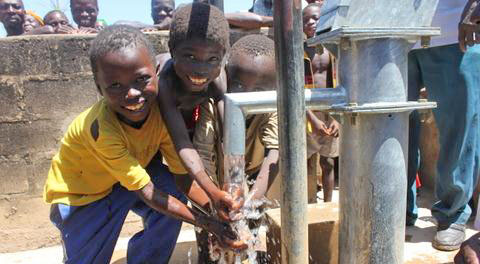
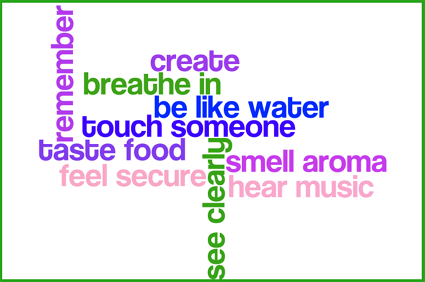
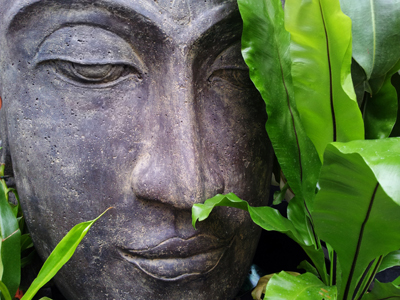 On every day that we awaken, we breathe in and breathe out. When we pay attention to the act of breathing, it is pretty fascinating. Imagine watching as we breath from inside our body. What a perspective.
On every day that we awaken, we breathe in and breathe out. When we pay attention to the act of breathing, it is pretty fascinating. Imagine watching as we breath from inside our body. What a perspective.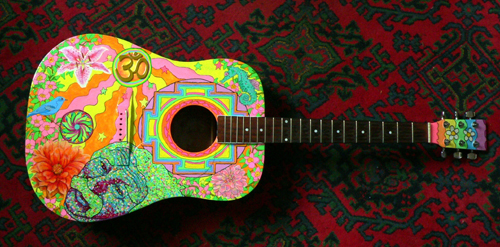 If we have our faculty of hearing, we can hear music. What’s great about this is that music can bring us to many special places. When I wanted to be pensive and sad, I listened to Sad Eyed Lady Of The Lowlands by Bob Dylan. When I want to dance, I turn on Progressive House Music and start dancing around the room, the street, the store. Yes, I’m the one with the headphones, pushing the shopping cart in rhythm to the music.
If we have our faculty of hearing, we can hear music. What’s great about this is that music can bring us to many special places. When I wanted to be pensive and sad, I listened to Sad Eyed Lady Of The Lowlands by Bob Dylan. When I want to dance, I turn on Progressive House Music and start dancing around the room, the street, the store. Yes, I’m the one with the headphones, pushing the shopping cart in rhythm to the music.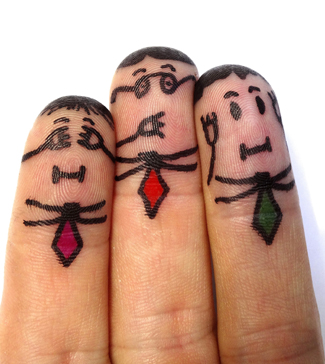
 For those of us who are fortunate enough to have sight, we get to view the world in all its color. It might not seem like much if we think that life sucks. But, we can close our eyes for a moment and honor the colors we see. When we open our eyes a minute later, we may be ready to rejoice. And the closing of our eyes while awake may help to see clearly in a place that does not suck.
For those of us who are fortunate enough to have sight, we get to view the world in all its color. It might not seem like much if we think that life sucks. But, we can close our eyes for a moment and honor the colors we see. When we open our eyes a minute later, we may be ready to rejoice. And the closing of our eyes while awake may help to see clearly in a place that does not suck.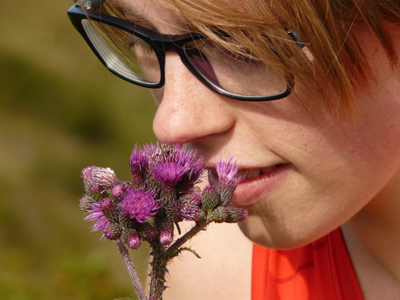 I just started appreciating smell more fully because I have become attracted to the smells of my super foods. Not everyone enjoys the same smell, yet, almost all of us have the ability to smell.
I just started appreciating smell more fully because I have become attracted to the smells of my super foods. Not everyone enjoys the same smell, yet, almost all of us have the ability to smell.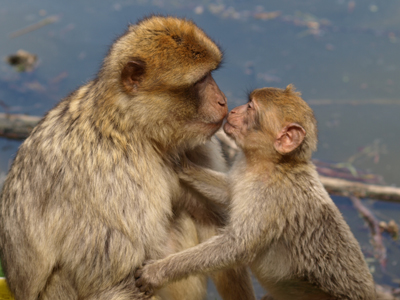 The truth is when we think life sucks, we might not have anyone to touch. So, we have to do the next best thing. Marvel at the many parts of our that are sensitive to touch. That’s a lot of nerve endings.
The truth is when we think life sucks, we might not have anyone to touch. So, we have to do the next best thing. Marvel at the many parts of our that are sensitive to touch. That’s a lot of nerve endings. Even though we may think life sucks, we have the ability to bounce back from the feeling and start flowing. That’s another thing that’s so great about living. We can step out of our feeling sucky at any time and start to be like water. We can feel free as birds’ flying, snakes’ slithering, brooks’ babbling, people’s mingling. Even if we don’t do it because life sucks now, we have the ability.
Even though we may think life sucks, we have the ability to bounce back from the feeling and start flowing. That’s another thing that’s so great about living. We can step out of our feeling sucky at any time and start to be like water. We can feel free as birds’ flying, snakes’ slithering, brooks’ babbling, people’s mingling. Even if we don’t do it because life sucks now, we have the ability.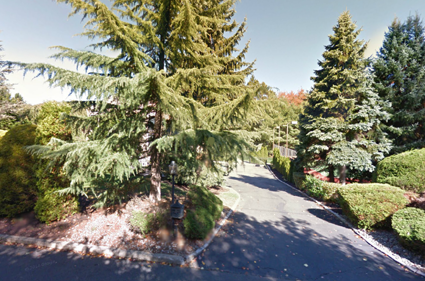 When Madonna’s song, Material Girl, came out, I was already living in a nice sized cedar house with enough land to add lush landscaping, a tennis court and a swimming pool. I had a great husband who provided for me famously, had a one month old and offered music education and music therapy to wonderful students.
When Madonna’s song, Material Girl, came out, I was already living in a nice sized cedar house with enough land to add lush landscaping, a tennis court and a swimming pool. I had a great husband who provided for me famously, had a one month old and offered music education and music therapy to wonderful students.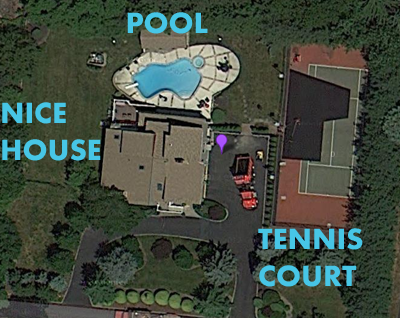
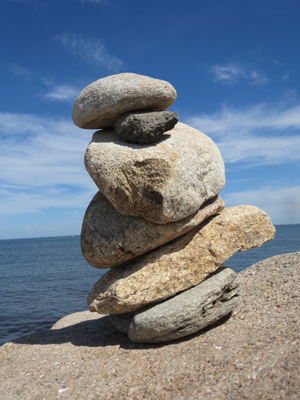 Now let’s look at the things I have that nourish my spirit: my kids; my late ex- in my heart; friends; an adequate supply of organic/vegan/non-genetically modified food and super foods; a friendly and tropical place to live that is so close to the ocean I can smell the salt; knowledge of movement so I can move my organs around; knowledge of meditation and martial arts so I can rejuvenate myself and others continually; a lifetime of memories upon which I can soak up and enjoy as long as I have my memory; a great amount of health and happiness; health insurance; opportunities to dance, read, philosophize, create, listen to and play music and converse; my freedom.
Now let’s look at the things I have that nourish my spirit: my kids; my late ex- in my heart; friends; an adequate supply of organic/vegan/non-genetically modified food and super foods; a friendly and tropical place to live that is so close to the ocean I can smell the salt; knowledge of movement so I can move my organs around; knowledge of meditation and martial arts so I can rejuvenate myself and others continually; a lifetime of memories upon which I can soak up and enjoy as long as I have my memory; a great amount of health and happiness; health insurance; opportunities to dance, read, philosophize, create, listen to and play music and converse; my freedom. When my good friend said to me, you are living in a tiny apartment and don’t have money for extra goodies; it led me to consider the material girl aspect. Although I have to plan when I go on vacation or the size of my car or residence; I have freedom with which to be creative and in which to experience my life. Within this freedom, I get to facilitate others. How cool is that!
When my good friend said to me, you are living in a tiny apartment and don’t have money for extra goodies; it led me to consider the material girl aspect. Although I have to plan when I go on vacation or the size of my car or residence; I have freedom with which to be creative and in which to experience my life. Within this freedom, I get to facilitate others. How cool is that!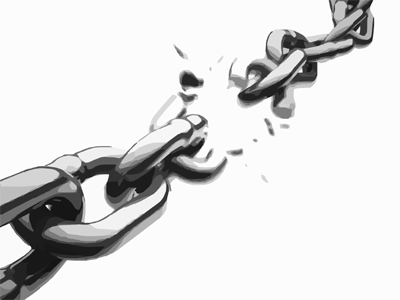 Can we say that we are free? When I had a big house with 2 living rooms, each with 25 foot skylights, was I free? Or did I have the burden of knowing my husband had to work massive hours in order to pay for the affluent lifestyle? And the burden of knowing my personal salary did not match my lifestyle.
Can we say that we are free? When I had a big house with 2 living rooms, each with 25 foot skylights, was I free? Or did I have the burden of knowing my husband had to work massive hours in order to pay for the affluent lifestyle? And the burden of knowing my personal salary did not match my lifestyle.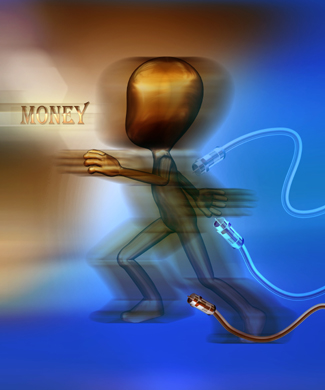
 When we decide on the path of simplicity and freedom where we can be creative on our own time without being enslaved, we do take on the independent role, outside the hierarchical system, to get our money. When we choose this freedom path, we tend to live within our means, even when we make a lot of money, and the frills and baubles are more important than the freedom.
When we decide on the path of simplicity and freedom where we can be creative on our own time without being enslaved, we do take on the independent role, outside the hierarchical system, to get our money. When we choose this freedom path, we tend to live within our means, even when we make a lot of money, and the frills and baubles are more important than the freedom.

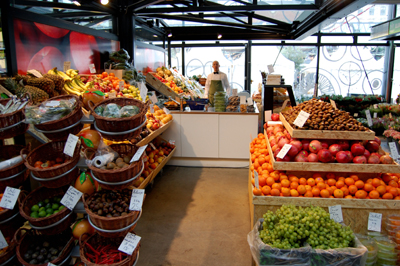
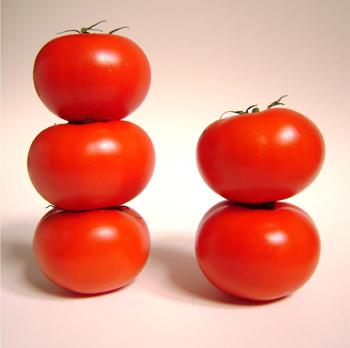 When we went to buy tomatoes, we never thought about why they were shiny. We just thought they came that way. To this day, most people don’t know that most produce, including that which is certified organic, is sent to the finishing plant after the grower and before the retailer. It gets packaged for resale using lots of different questionably safe plastics. Plus, it often gets a coating that keeps the moisture in that we commonly refer to as vegetable or fruit wax.
When we went to buy tomatoes, we never thought about why they were shiny. We just thought they came that way. To this day, most people don’t know that most produce, including that which is certified organic, is sent to the finishing plant after the grower and before the retailer. It gets packaged for resale using lots of different questionably safe plastics. Plus, it often gets a coating that keeps the moisture in that we commonly refer to as vegetable or fruit wax.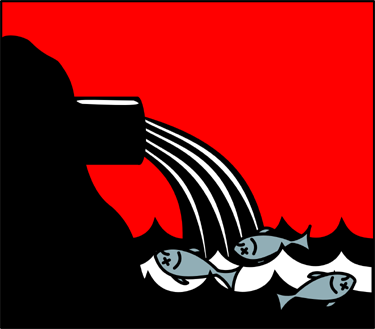 The Food and Drug Administration is responsible for the safety of food and drugs. Unfortunately, they are given information by industry giants aka Big Food, that may force them to allow certain chemical processes whose studies were not extensive enough to show the long-term risks. The FDA cares about protecting us from pathogens, like clostridium botulinum. Big Food & Chemical companies show them expensive studies where such and such a product, be it plastic wrapping or modification of the air used in packaging and storing or transporting, are safe for the consumer; the FDA approves this “finishing” process because they have seen the studies. Too bad the studies don’t go far enough.
The Food and Drug Administration is responsible for the safety of food and drugs. Unfortunately, they are given information by industry giants aka Big Food, that may force them to allow certain chemical processes whose studies were not extensive enough to show the long-term risks. The FDA cares about protecting us from pathogens, like clostridium botulinum. Big Food & Chemical companies show them expensive studies where such and such a product, be it plastic wrapping or modification of the air used in packaging and storing or transporting, are safe for the consumer; the FDA approves this “finishing” process because they have seen the studies. Too bad the studies don’t go far enough.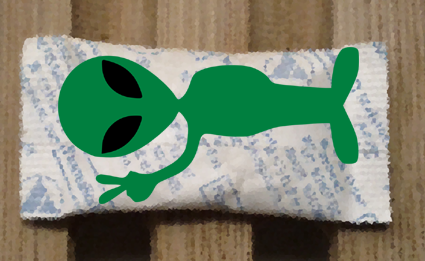 We know that in some of our bags, even in the super food bags with my maca or my cacao, there are little bags of alien origin in them to absorb moisture. Why isn’t the contents of this desiccant made known to us? We have heard it’s made of silicon which is supposed to be food safe, according to the current research, but what about the covering? How many sets of fingers have been on that little bag, or how many kinds of oils were on the conveyer belt it rode down?
We know that in some of our bags, even in the super food bags with my maca or my cacao, there are little bags of alien origin in them to absorb moisture. Why isn’t the contents of this desiccant made known to us? We have heard it’s made of silicon which is supposed to be food safe, according to the current research, but what about the covering? How many sets of fingers have been on that little bag, or how many kinds of oils were on the conveyer belt it rode down?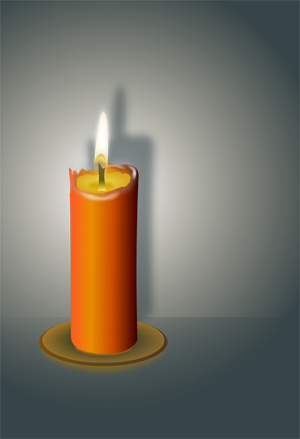
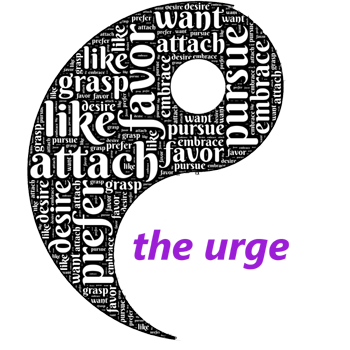

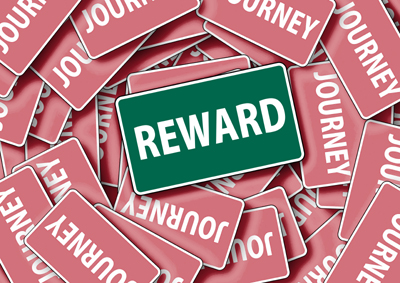
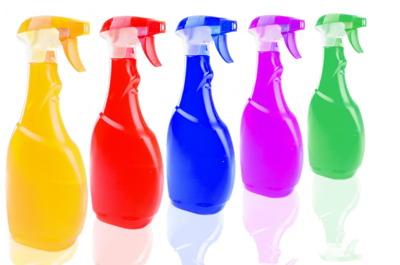 Picture a nice hot summer day at the beach with friends. Someone hands out a pretty, colored spray bottle filled with water to each person. In a playful crowd, it will take little time for someone to get a playful desire (the urge) to depress the lever of the spray bottle (the action) which would result in an expulsion of water on our friends (the reward). On a hot, sunny day, this would be harmless and probably welcome.
Picture a nice hot summer day at the beach with friends. Someone hands out a pretty, colored spray bottle filled with water to each person. In a playful crowd, it will take little time for someone to get a playful desire (the urge) to depress the lever of the spray bottle (the action) which would result in an expulsion of water on our friends (the reward). On a hot, sunny day, this would be harmless and probably welcome.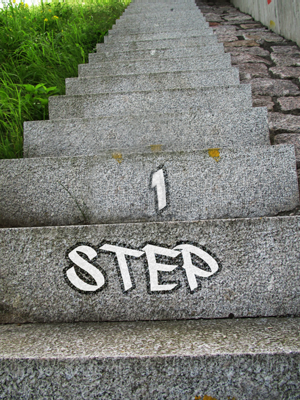 One of the mistakes we all make, at one time or other, is that we decide to take action to wrench something or many things out of our lives. We actually sit around dreaming about being a different being devoid of the habits that are causing us discomfort.
One of the mistakes we all make, at one time or other, is that we decide to take action to wrench something or many things out of our lives. We actually sit around dreaming about being a different being devoid of the habits that are causing us discomfort.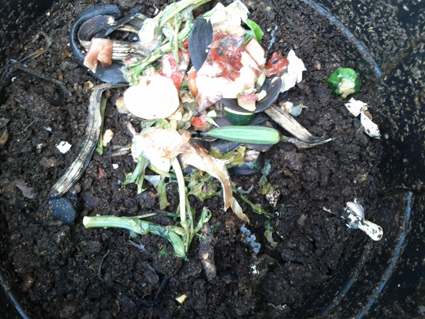 Composting, how and why discusses how easy it is for us to replenish the soil using our raw kitchen waste and why it benefits us to do it.
Composting, how and why discusses how easy it is for us to replenish the soil using our raw kitchen waste and why it benefits us to do it.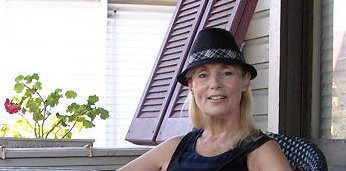
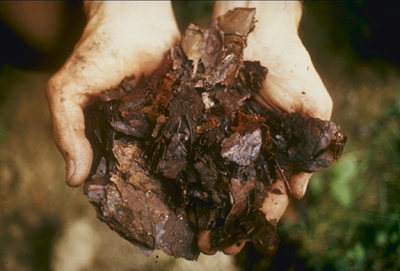
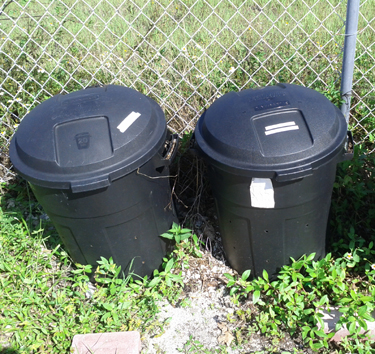
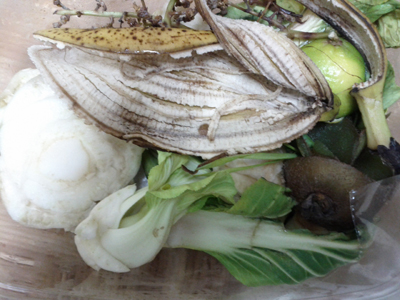
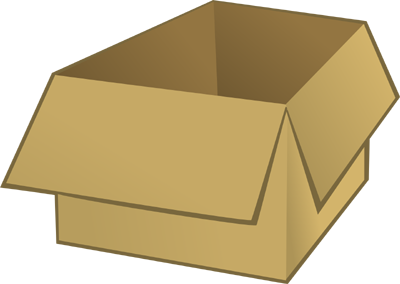
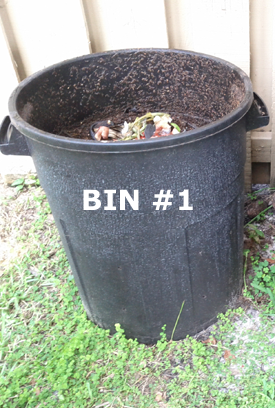
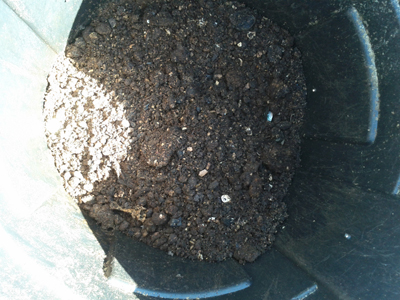

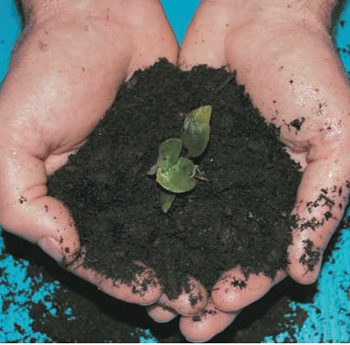
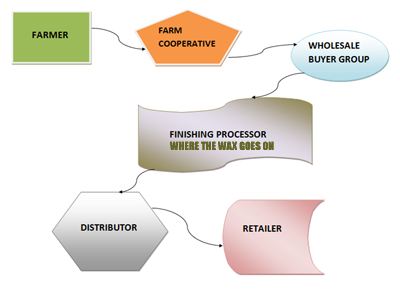 What’s on your produce is a huge question for many of us, especially if we are brought up believing what we see on our fruits and vegetables. For those of us who know full well that we are eating pesticides and wax, there are still surprises. For many, we are not aware of any of the standard ways the fruit and vegetable supply chain works. We are also confused about why organic food matters and what all this talk has to do with our health.
What’s on your produce is a huge question for many of us, especially if we are brought up believing what we see on our fruits and vegetables. For those of us who know full well that we are eating pesticides and wax, there are still surprises. For many, we are not aware of any of the standard ways the fruit and vegetable supply chain works. We are also confused about why organic food matters and what all this talk has to do with our health.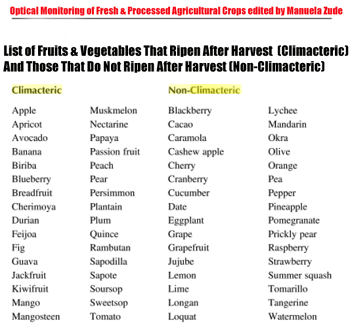 Fruits and vegetables produce a ripening hormone called ethylene. Plants are categorized into two categories: those that ripen after harvest (climacteric species), such as avocados or peaches, and those that do not like oranges or spinach (non-climacteric plants). The ripening process produces a hormone called ethylene, commonly known, not surprisingly, as the ripening hormone. All plants off-gas this substance, but some (the climacteric plants) produce more.
Fruits and vegetables produce a ripening hormone called ethylene. Plants are categorized into two categories: those that ripen after harvest (climacteric species), such as avocados or peaches, and those that do not like oranges or spinach (non-climacteric plants). The ripening process produces a hormone called ethylene, commonly known, not surprisingly, as the ripening hormone. All plants off-gas this substance, but some (the climacteric plants) produce more.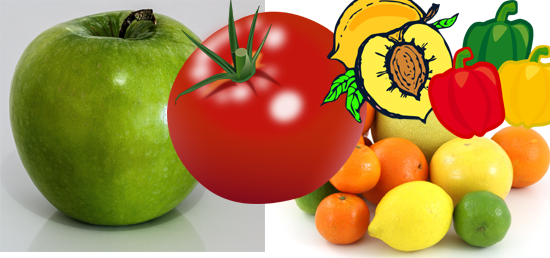 So, when a fruit or vegetable is harvested, it goes through a cycle of maturation, or ripening, and then begins senescence, which is its final stage of life. We might wonder about this wax and its safety, but we should be aware that it exists.
So, when a fruit or vegetable is harvested, it goes through a cycle of maturation, or ripening, and then begins senescence, which is its final stage of life. We might wonder about this wax and its safety, but we should be aware that it exists.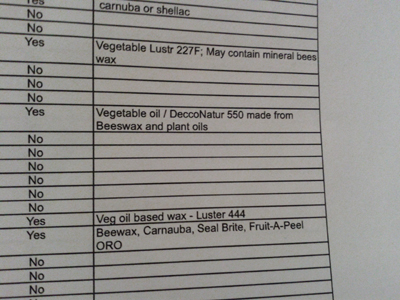
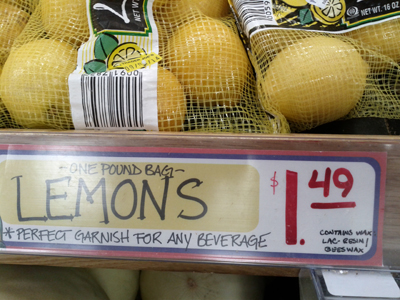
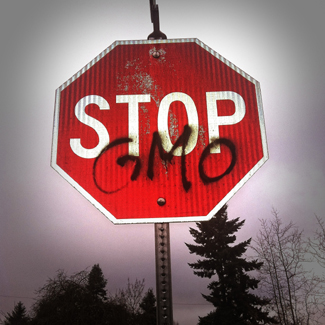
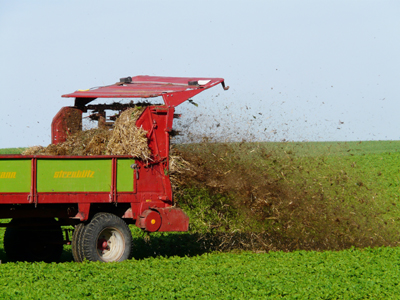 So, there are toxic chemicals being off-gassed from the fertilizer industry which is used on fruits and vegetables that don’t call themselves organic. There’s lots of methane from using cow waste in the soil and from cow waste that sits stagnantly.
So, there are toxic chemicals being off-gassed from the fertilizer industry which is used on fruits and vegetables that don’t call themselves organic. There’s lots of methane from using cow waste in the soil and from cow waste that sits stagnantly.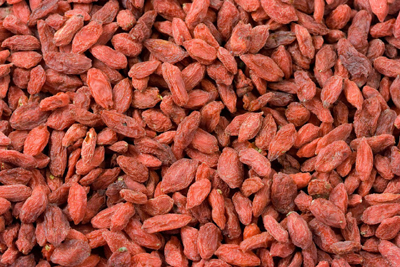 To find out what’s on my produce and your produce is very much a maze. If we are not professional growers, we don’t actually know about many of the items mentioned above. To find out the information is usually no one’s job but our own.
To find out what’s on my produce and your produce is very much a maze. If we are not professional growers, we don’t actually know about many of the items mentioned above. To find out the information is usually no one’s job but our own. If you buy at a local large store, go to the produce department and ask what kind of wax is on your favorite fruits and vegetables. Be persistent since the grocer, most likely, will not know and will say she has no way to find out that information. To cut the process down for you, get the phone number to the store’s regional warehouse. There, ask for the produce buyer. This will start the process of someone’s doing some research for you.
If you buy at a local large store, go to the produce department and ask what kind of wax is on your favorite fruits and vegetables. Be persistent since the grocer, most likely, will not know and will say she has no way to find out that information. To cut the process down for you, get the phone number to the store’s regional warehouse. There, ask for the produce buyer. This will start the process of someone’s doing some research for you.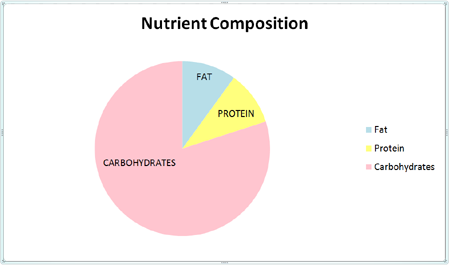 Nutrient composition, as per T. Colin Campbell, is far more important than looking at the amount of one nutrient quantity alone. The amount of calories we ingest is not as important as what type of calorie we take in.
Nutrient composition, as per T. Colin Campbell, is far more important than looking at the amount of one nutrient quantity alone. The amount of calories we ingest is not as important as what type of calorie we take in.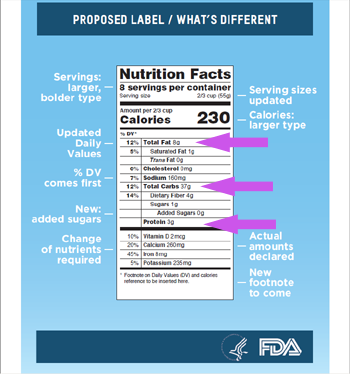
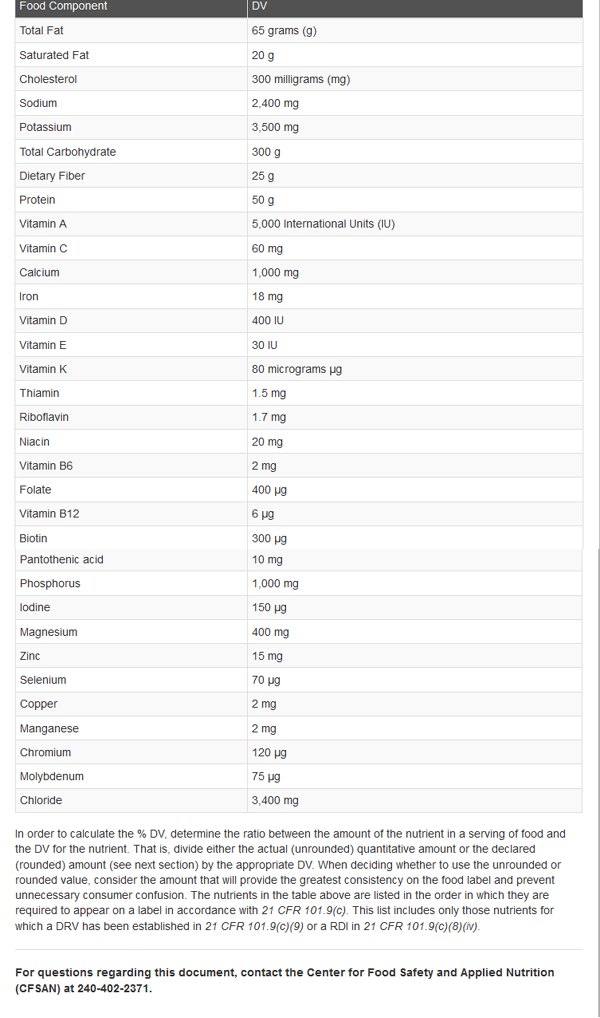
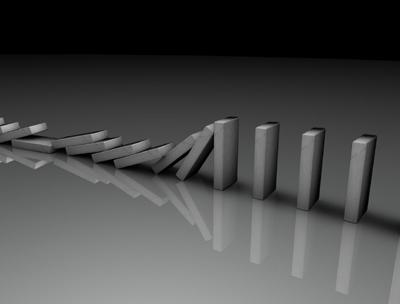 The following factors can change the amount of a macronutrient (like a carb), a micronutrient (like vitamin A), a macromineral (like calcium), a micromineral (like copper), a phytochemical (like quercetin) that we need on a particular day. When just 1 change occurs in our lives, the body goes through the domino effect, where every system’s connection to every other system in the grand infrastructure we call the human body is affected.
The following factors can change the amount of a macronutrient (like a carb), a micronutrient (like vitamin A), a macromineral (like calcium), a micromineral (like copper), a phytochemical (like quercetin) that we need on a particular day. When just 1 change occurs in our lives, the body goes through the domino effect, where every system’s connection to every other system in the grand infrastructure we call the human body is affected.